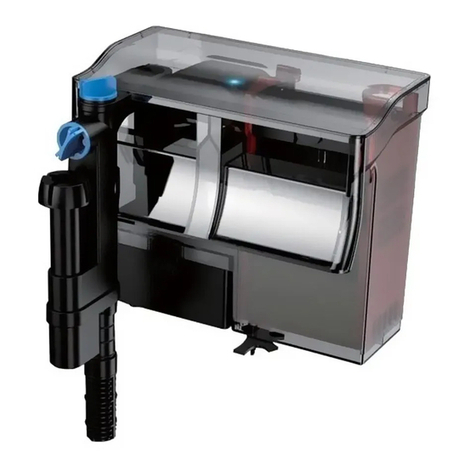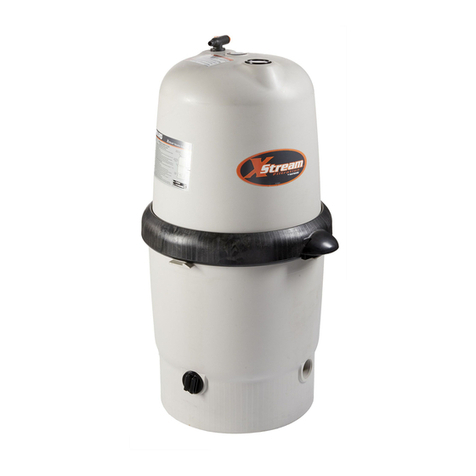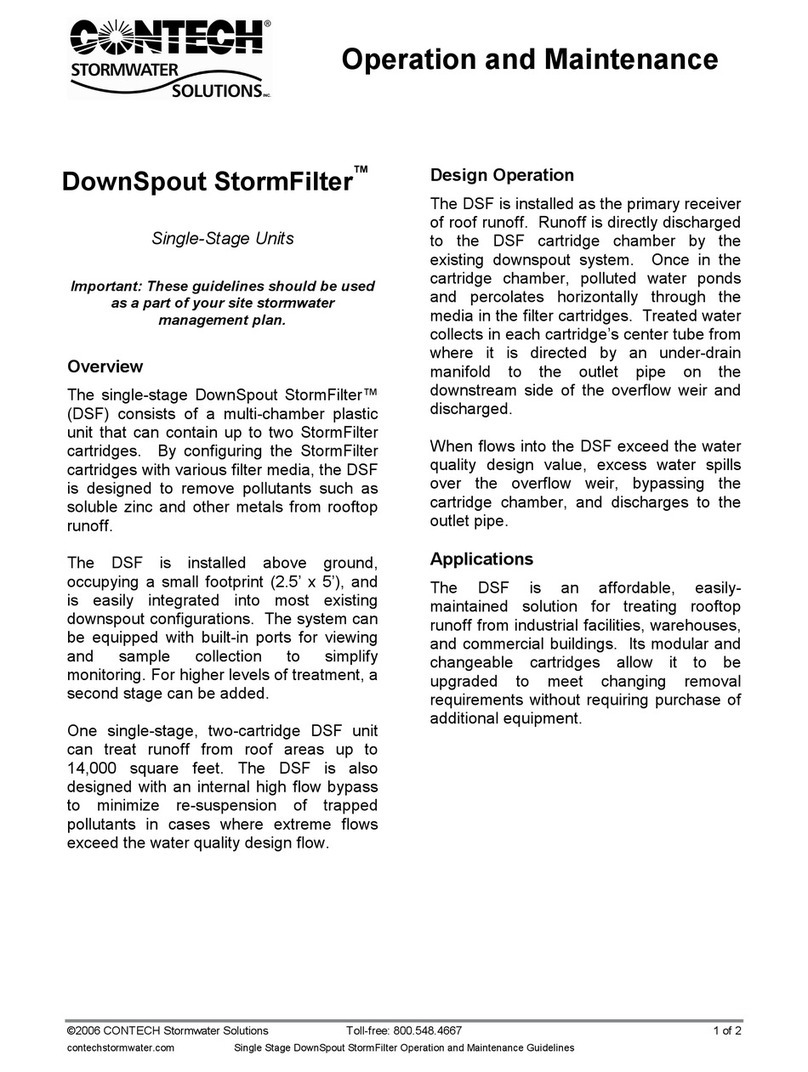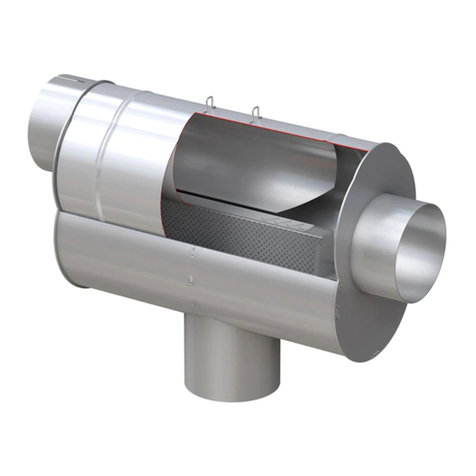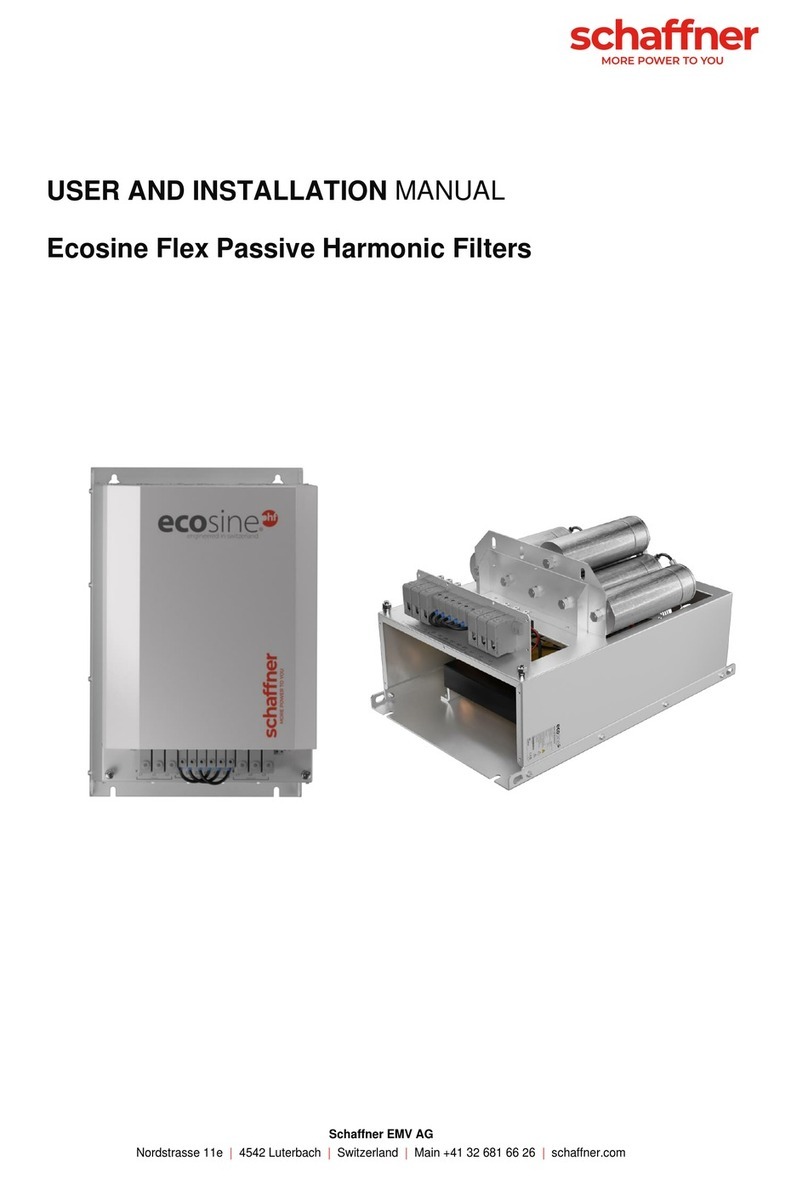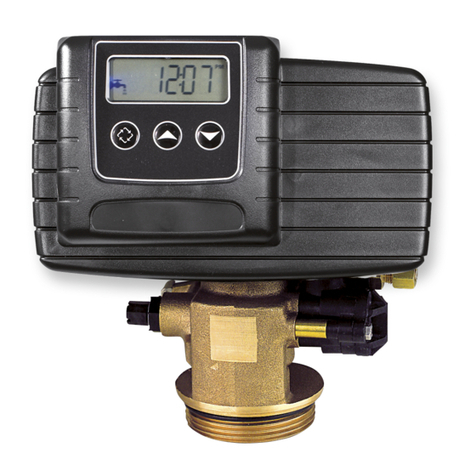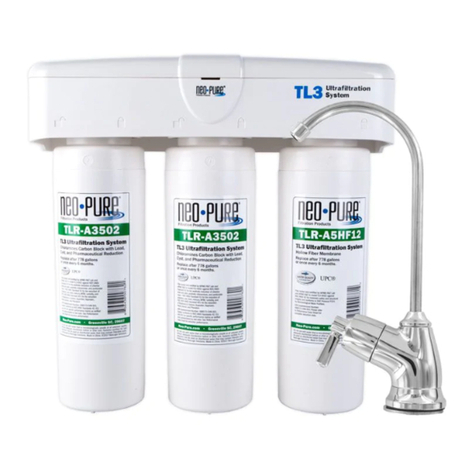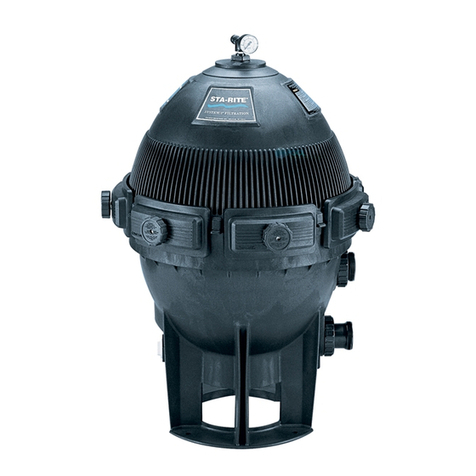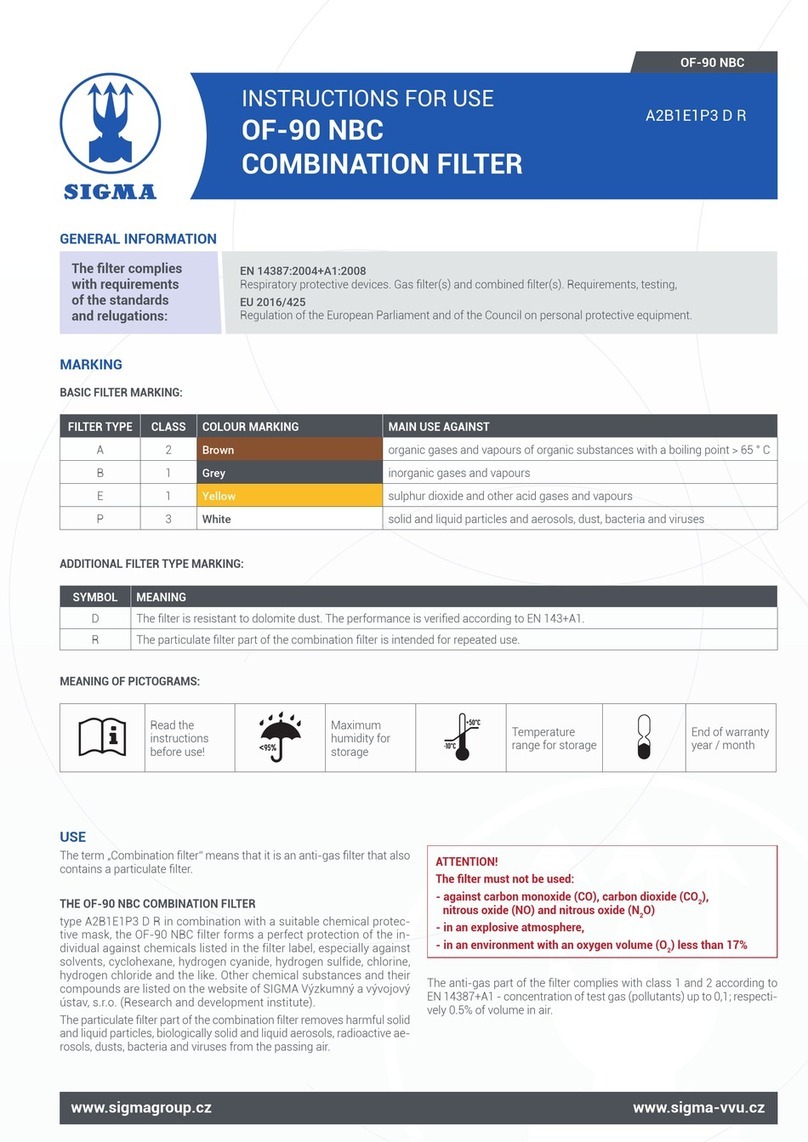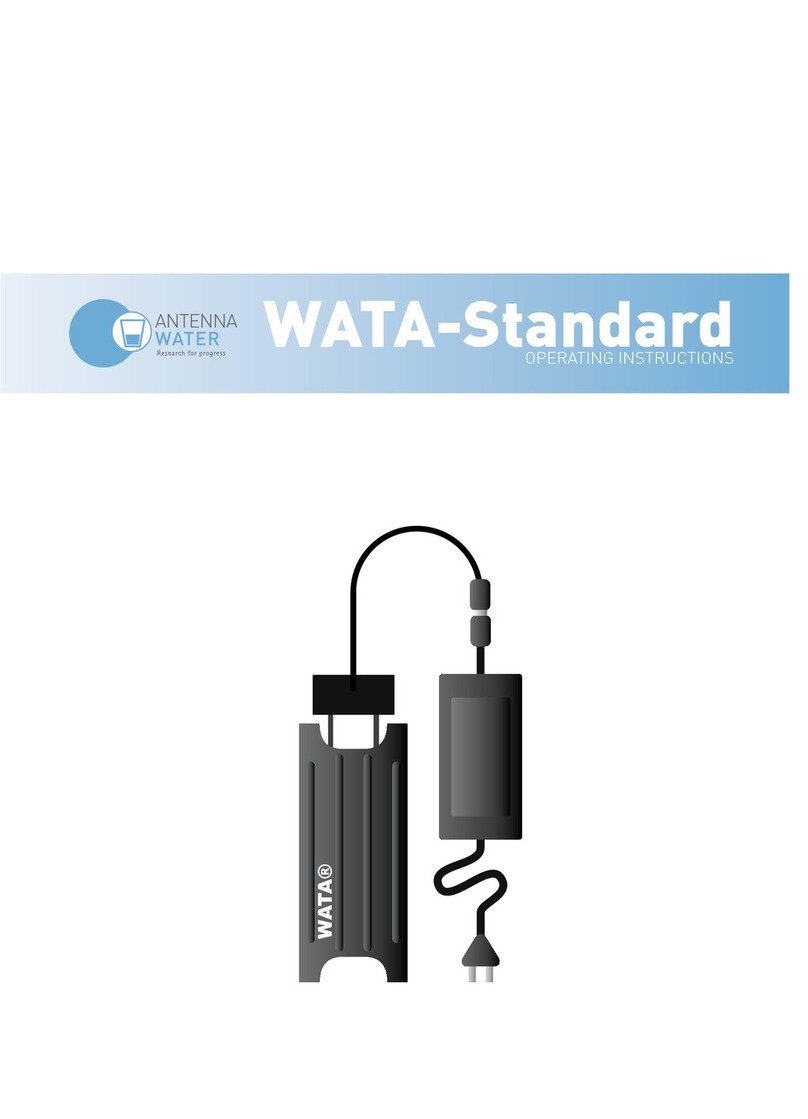
www.sigmagroup.cz www.sigma-vvu.cz
MARKING
BASIC FILTER MARKING:
FILTER TYPE CLASS COLOUR MARKING MAIN USE AGAINST
P 3 White solid and liquid particles and aerosols, dust, bacteria and viruses
ADDITIONAL FILTER TYPE MARKING:
SYMBOL MEANING
RThe particulate lter part is intended for repeated use.
MEANING OF PICTOGRAMS:
Read the
instructions
before use!
Maximum
humidity for
storage -10°C
+50°C
Temperature
range for storage
End of warranty
year / month
GENERAL INFORMATION
EN 143:2000+A1:2006
Respiratory protective devices. Particle lters. Requirements, testing, marking.
EN 12941:1998+A2:2008
Respiratory protective devices. Powered ltering devices incorporating a helmet or a hood. Requirements,
testing, marking.
EN 12942:1998+A2:2008
Respiratory protective devices. Power assisted ltering devices incorporating full face masks, half masks
or quarter masks. Requirements, testing, marking.
EU 2016/425
Regulation of the European Parliament and of the Council on personal protective equipment.
USE
The term „Particle lter“ means that it contains particle lter element
only. The lter is supplied with a thread connection Rd 40x1/7´´ (EN 148-
1: 2019) or with OZ 40x4 (GOST 8762-75).
THE P3 R PARTICLE FILTER
type P3 R in combination with a suitable chemical protective mask or lter
aid with auxiliary ventilation attached to a helmet or hood, the P3 R lter
forms a perfect protection of the individual against harmful solid and liquid
particles, biologically solid and liquid aerosols, radioactive aerosols, dusts,
bacteria and viruses. The lter meets the test against dolomite dust.
ATTENTION!
The lter must not be used:
- against gases
- against carbon monoxide (CO), carbon dioxide (CO2),
nitrous oxide (NO) and nitrous oxide (N2O)
- in an explosive atmosphere,
- in an environment with an oxygen volume (O2) less than 17%
ATTENTION!
The real time of use of the lter cannot be determined in advance
due to a number of factors that affect it. These include, in particular,
the type and concentration of pollutants, humidity, temperature, flow
and pulmonary ventilation of the user (working intensity).
PRINCIPLES FOR USING THE FILTER
1. The user should know the type of pollutants and their concentration
which the lter intends to protect against.
2. Visually inspect the lter before using it. The lter must not be me-
chanically damaged.
3. Before opening the protective cover of the lter, check that the thread
marking corresponds to the thread on the mask to which it is to be
attached.
4. After opening the protective cover and before using the lter, remove
the thread cover and the inlet to the lter.
5. Screw the lter into the mask and, after tting it, check the tightness
of the threaded connection by clogging the lter inlet with your
hands. When inhaling, the mask must not be sucked in.
6. The lter can be used in the temperature range from - 30 ˚C to + 70 ˚C.
ATTENTION!
If the user detects an increase in respiratory resistance during
use, the lter must be replaced.
The lter complies
with requirements
of the standards
and relugations:
INSTRUCTIONS FOR USE
P3 R PARTICLE FILTER
P3 R
P3 R
TH3 P R SL
TM3 P R SL

